Francisco Flórez-Revuelta
Data Fusion on Motion and Magnetic Sensors embedded on Mobile Devices for the Identification of Activities of Daily Living
Oct 31, 2017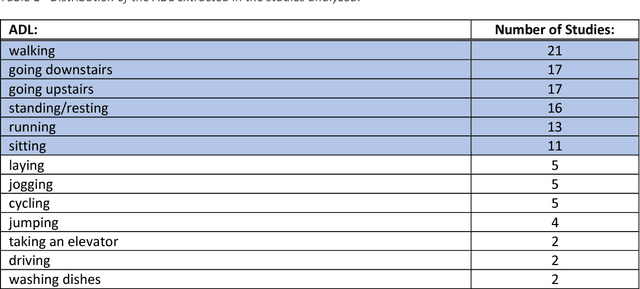
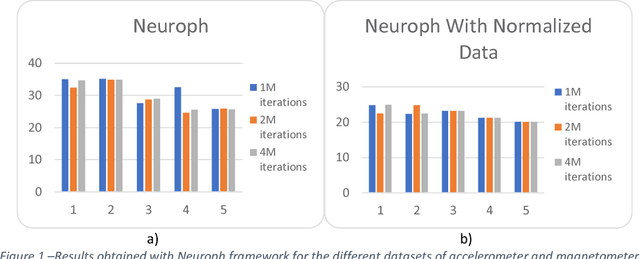
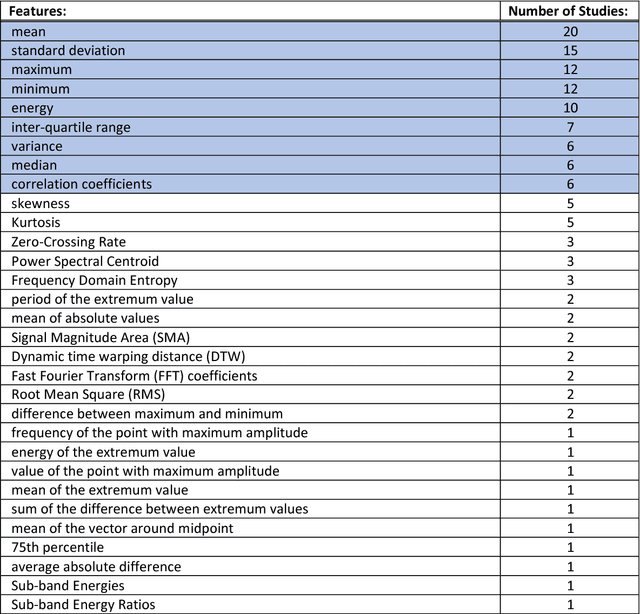
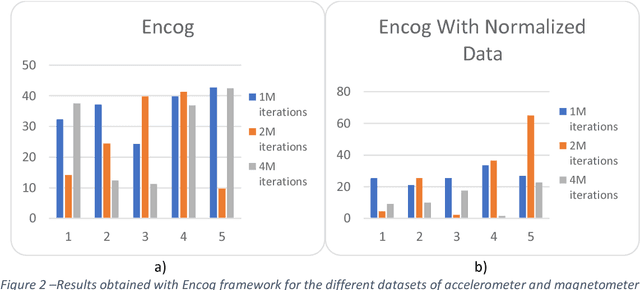
Abstract:Several types of sensors have been available in off-the-shelf mobile devices, including motion, magnetic, vision, acoustic, and location sensors. This paper focuses on the fusion of the data acquired from motion and magnetic sensors, i.e., accelerometer, gyroscope and magnetometer sensors, for the recognition of Activities of Daily Living (ADL) using pattern recognition techniques. The system developed in this study includes data acquisition, data processing, data fusion, and artificial intelligence methods. Artificial Neural Networks (ANN) are included in artificial intelligence methods, which are used in this study for the recognition of ADL. The purpose of this study is the creation of a new method using ANN for the identification of ADL, comparing three types of ANN, in order to achieve results with a reliable accuracy. The best accuracy was obtained with Deep Learning, which, after the application of the L2 regularization and normalization techniques on the sensors data, reports an accuracy of 89.51%.
A discussion on the validation tests employed to compare human action recognition methods using the MSR Action3D dataset
Jun 16, 2015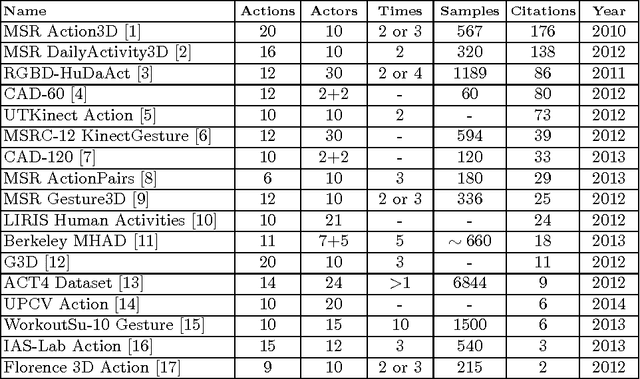
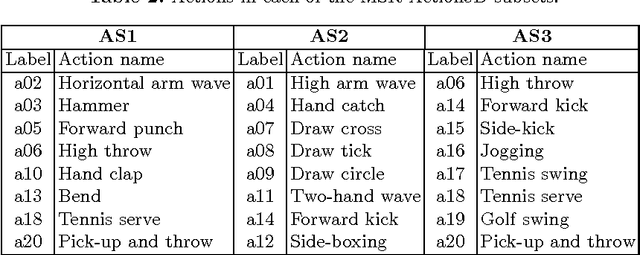
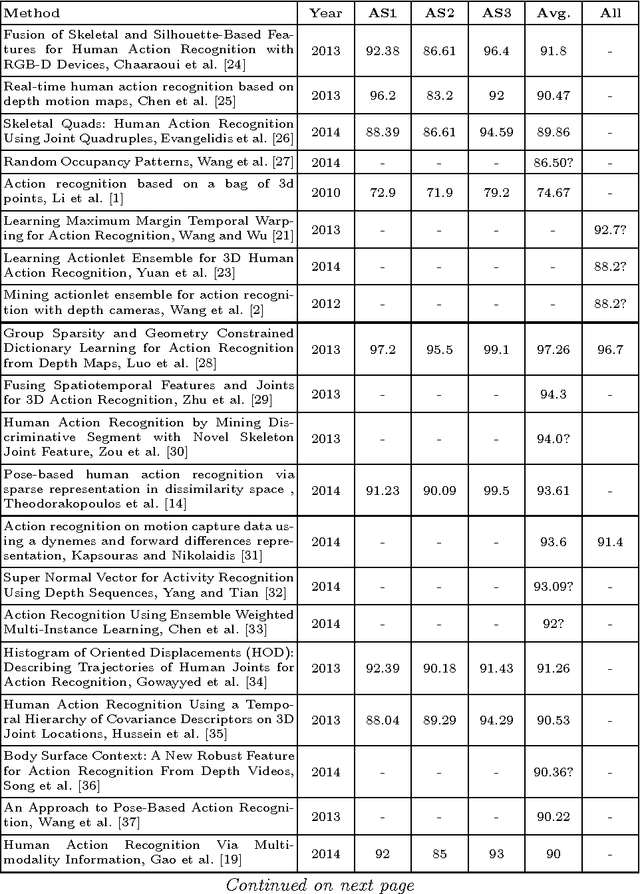
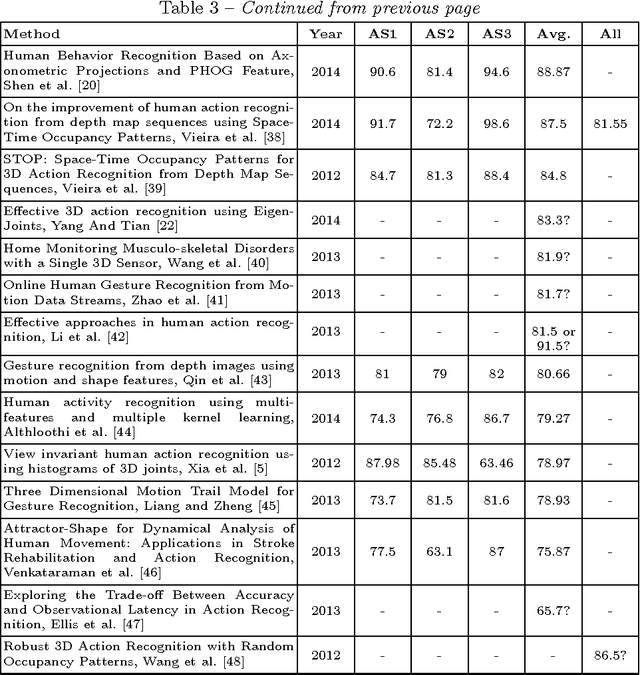
Abstract:This paper aims to determine which is the best human action recognition method based on features extracted from RGB-D devices, such as the Microsoft Kinect. A review of all the papers that make reference to MSR Action3D, the most used dataset that includes depth information acquired from a RGB-D device, has been performed. We found that the validation method used by each work differs from the others. So, a direct comparison among works cannot be made. However, almost all the works present their results comparing them without taking into account this issue. Therefore, we present different rankings according to the methodology used for the validation in orden to clarify the existing confusion.
 Add to Chrome
Add to Chrome Add to Firefox
Add to Firefox Add to Edge
Add to Edge